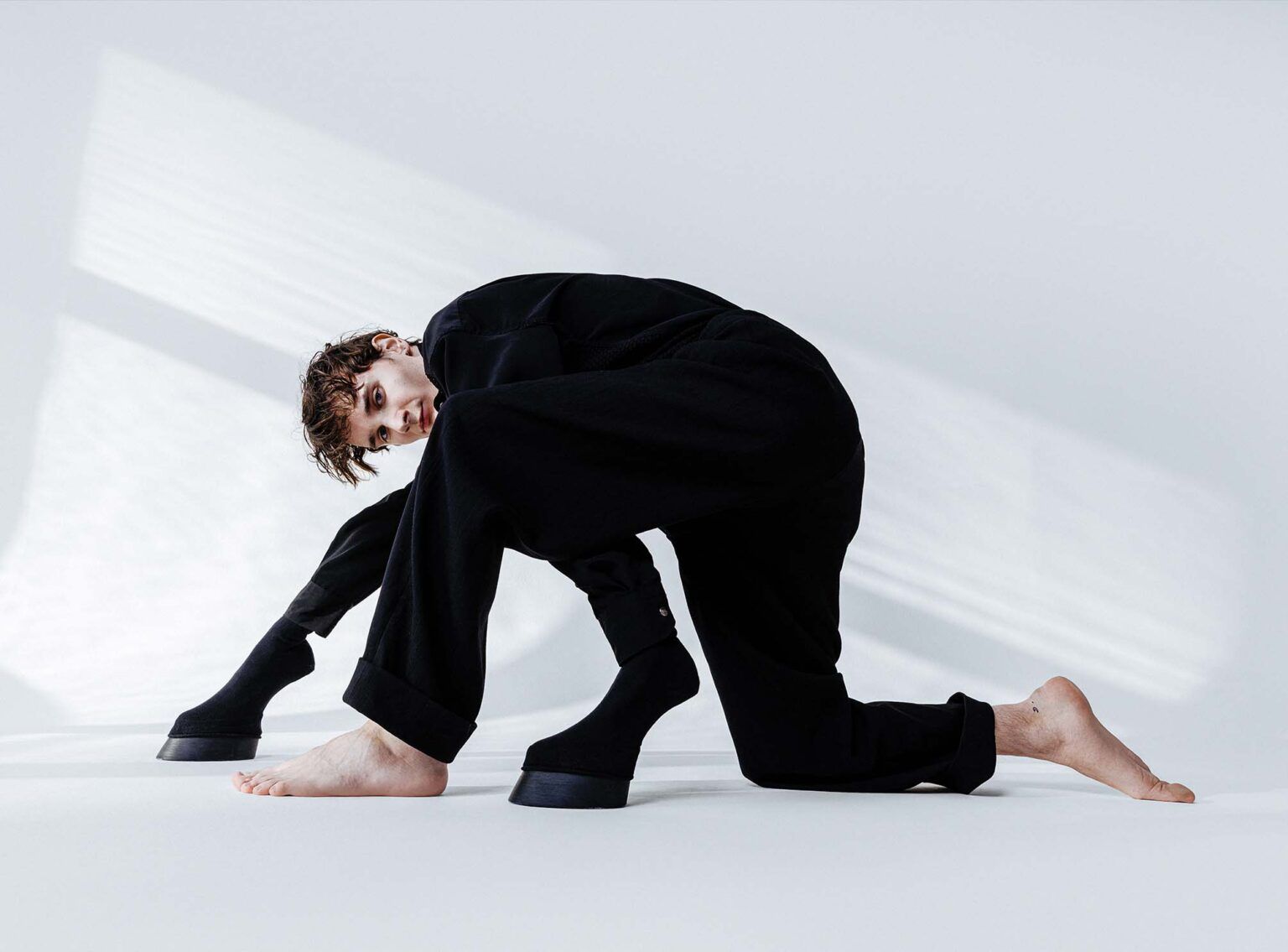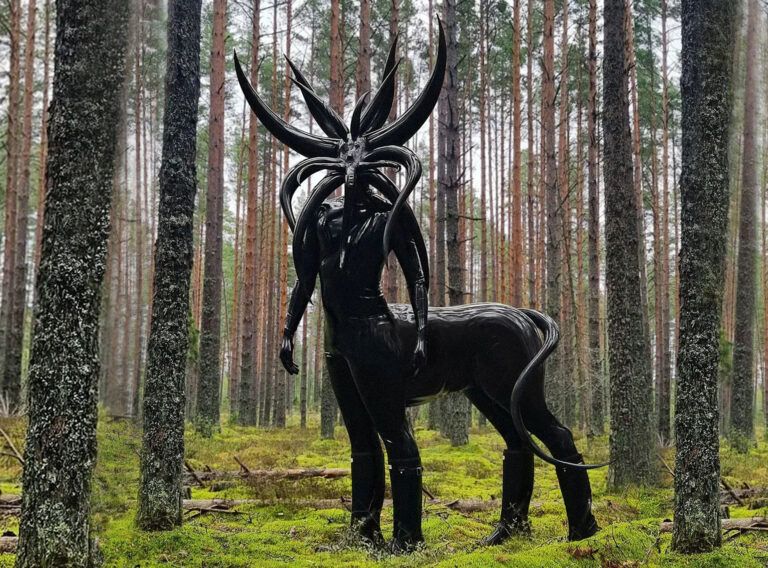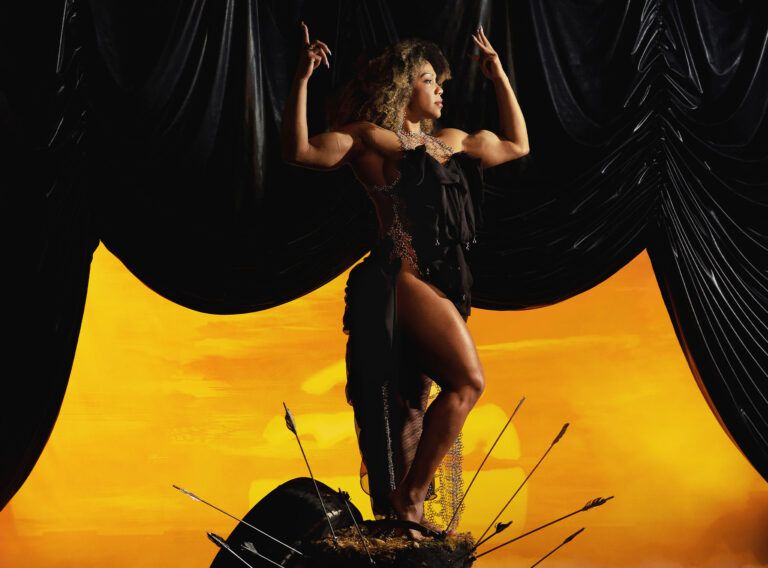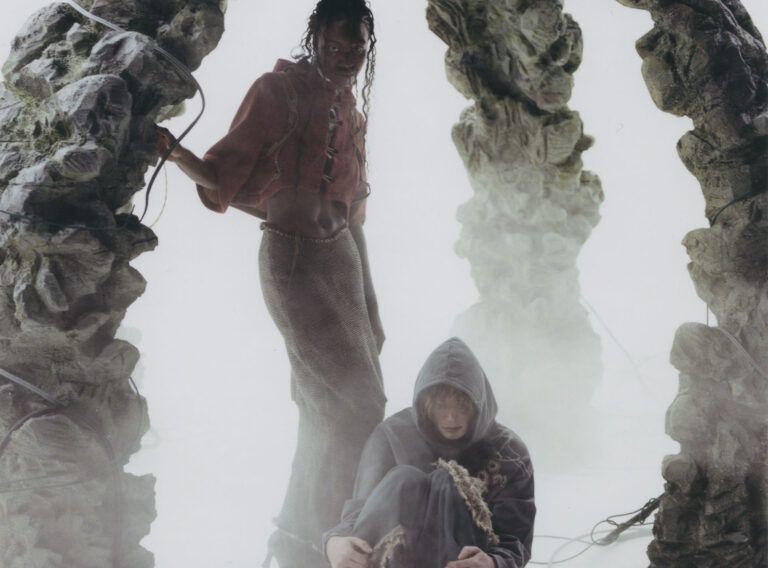We love accompanying our House SWARM editorials with dreamy narratives or long-winded epics but this time we decided on letting you peek into our creative kitchen through something akin to a recipe, a mind-map or simply a reference list. The topic was fetishisation of women-presenting bodies from an ambivalent perspective and how these fantasies manifest in real life. Our inspiration can be triggered by a tiny piece of a specific aesthetic, which then snowballs into a monstrously stunning vision. Or it can be an homage to a specific designer we adore. Or it can be a dashing freight train of visual associations, which then crystallizes into a perfectly conceptual moodboard. Or it can be, “because why the hell not, I haven’t seen that anywhere else.” Below is a list of puzzle pieces that played their respective parts in composing the whole picture. Enjoy. #fantasyvsreality
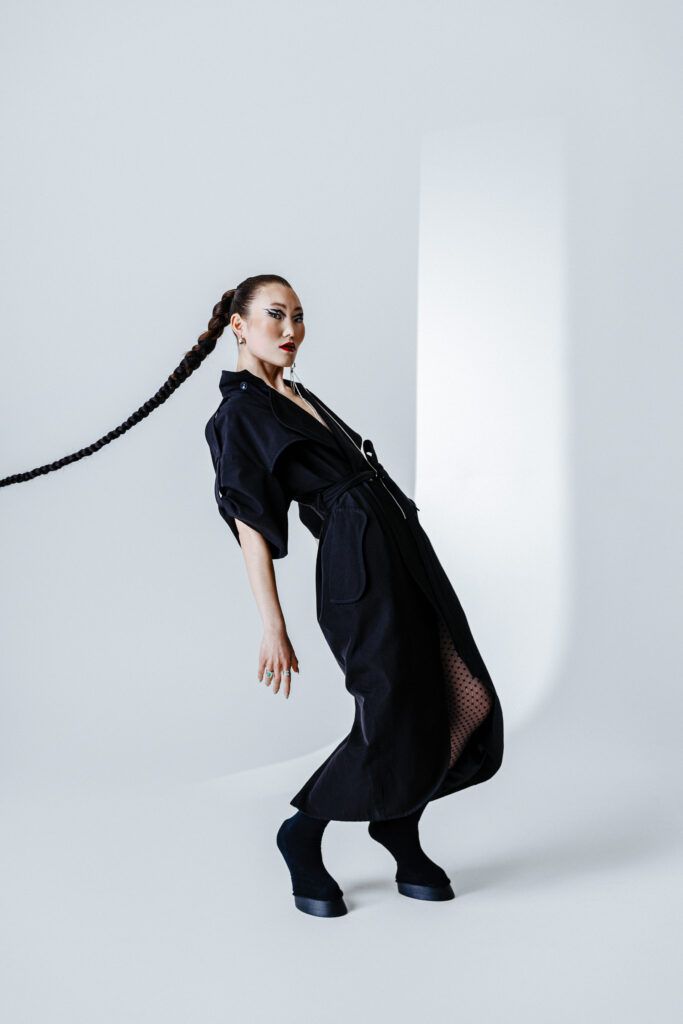
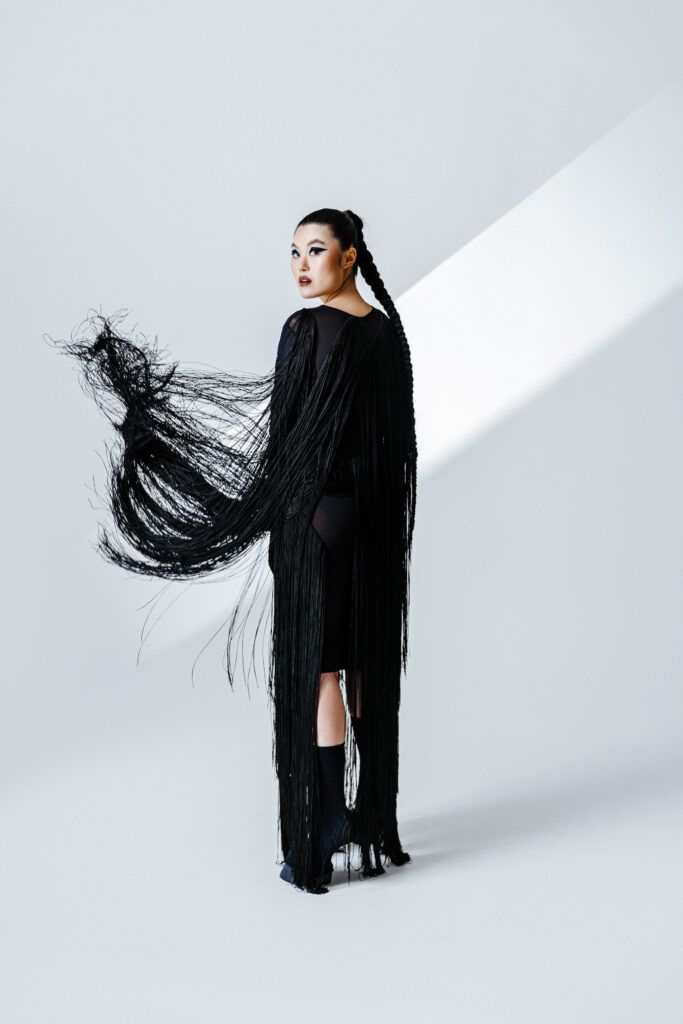
1/ Testament of Orpheus
(French: Le testament d’Orphée) is a 1960 black-and-white film with a few seconds of colour film spliced in. Directed by and starring Jean Cocteau who plays himself as an 18th-century poet, the film includes cameo appearances by Pablo Picasso, Jean Marais, Charles Aznavour, Jean-Pierre Leaud and Yul Brynner. It is considered the final part of the Orphic Trilogy, following The Blood of a Poet (1930) and Orphée (1950).
“It is the unique power of cinema to allow a great many people to dream the same dream together and to present illusion to us as if it were a strict reality. It is, in short, an admirable vehicle for poetry. My film is nothing other than a striptease act, gradually peeling away my body to reveal my naked soul. For there is a considerable audience eager for this truth beyond truth which will one day become the sign of our times. This is the legacy of a poet to the youth in which he has always found support.” – Jean Cocteau
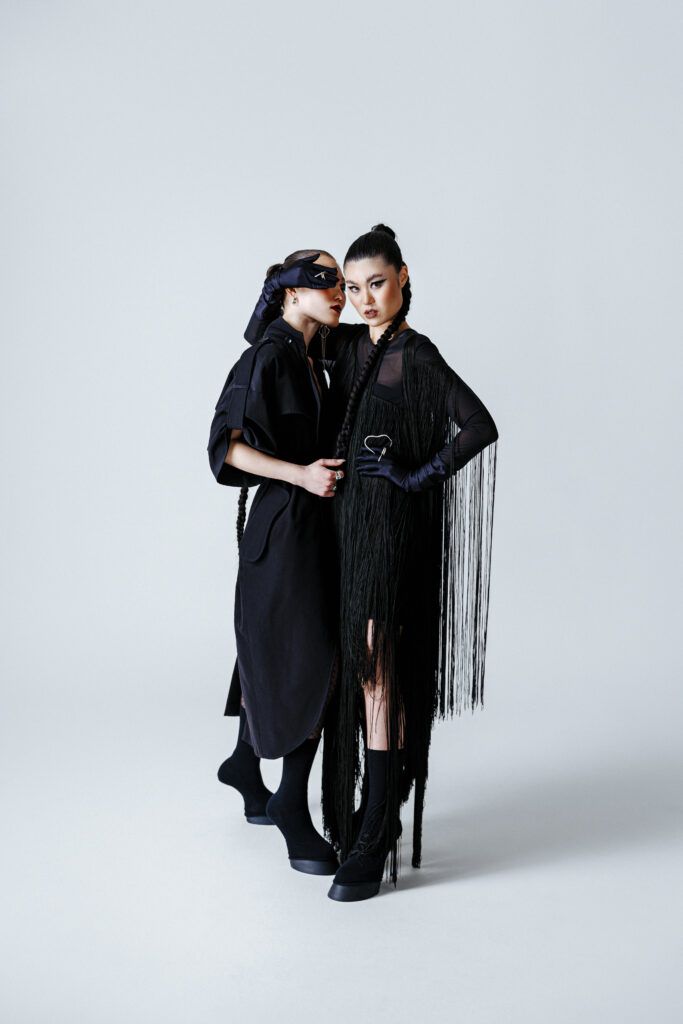
2/ Artist Rose English #feminism
For Quadrille (1975), six women appear as show ponies, in skimpy costumes with tails and shoes made from horse’s hooves, moving in formation as if in a dressage display. Less interested in critiquing femininity as an enforced performance, the work is more about reclaiming equestrian costume—like riding crops and harnesses—from male-oriented fetish culture. The artist offers an alternative feminine erotics drawn from the world of young girls and their horses.
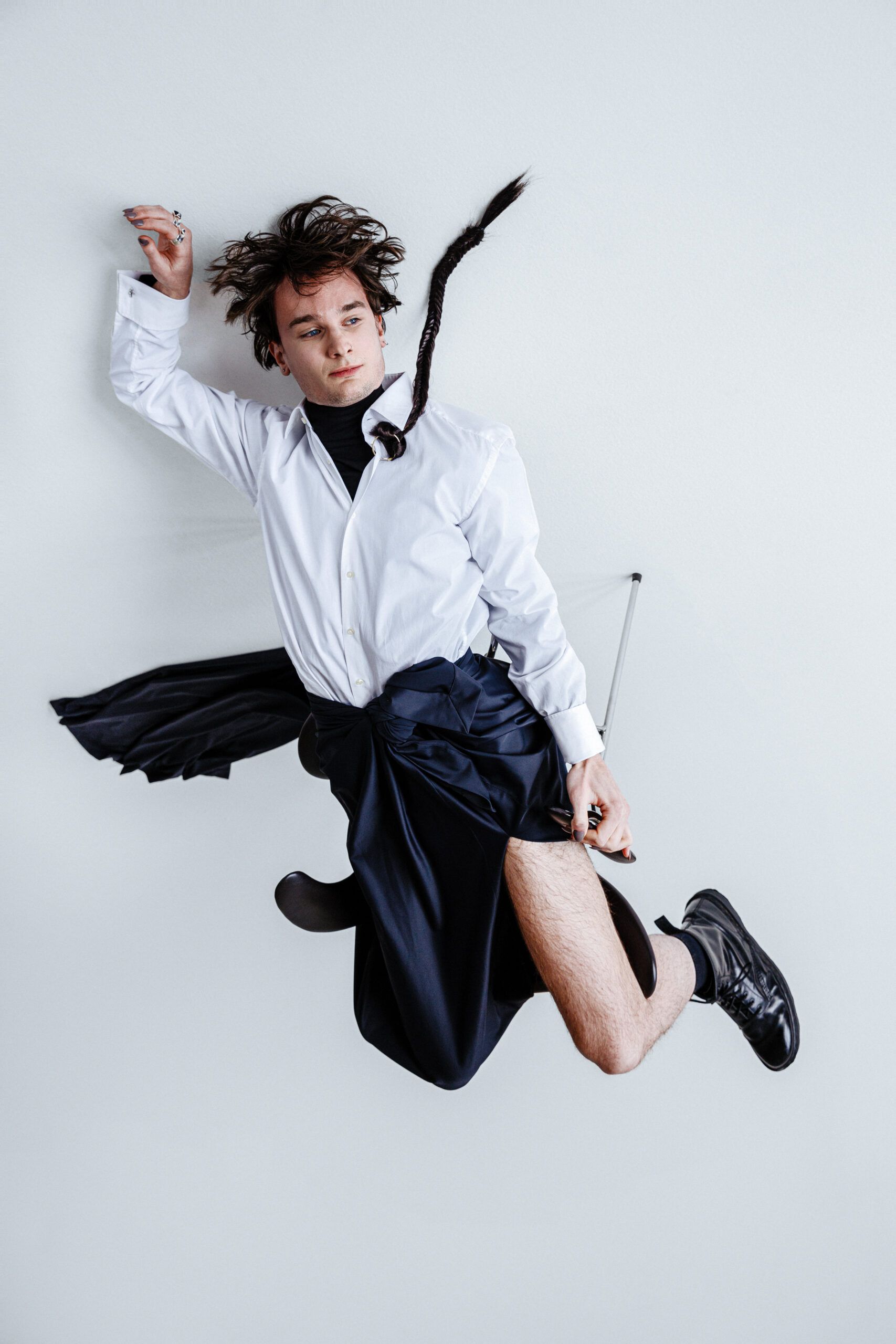
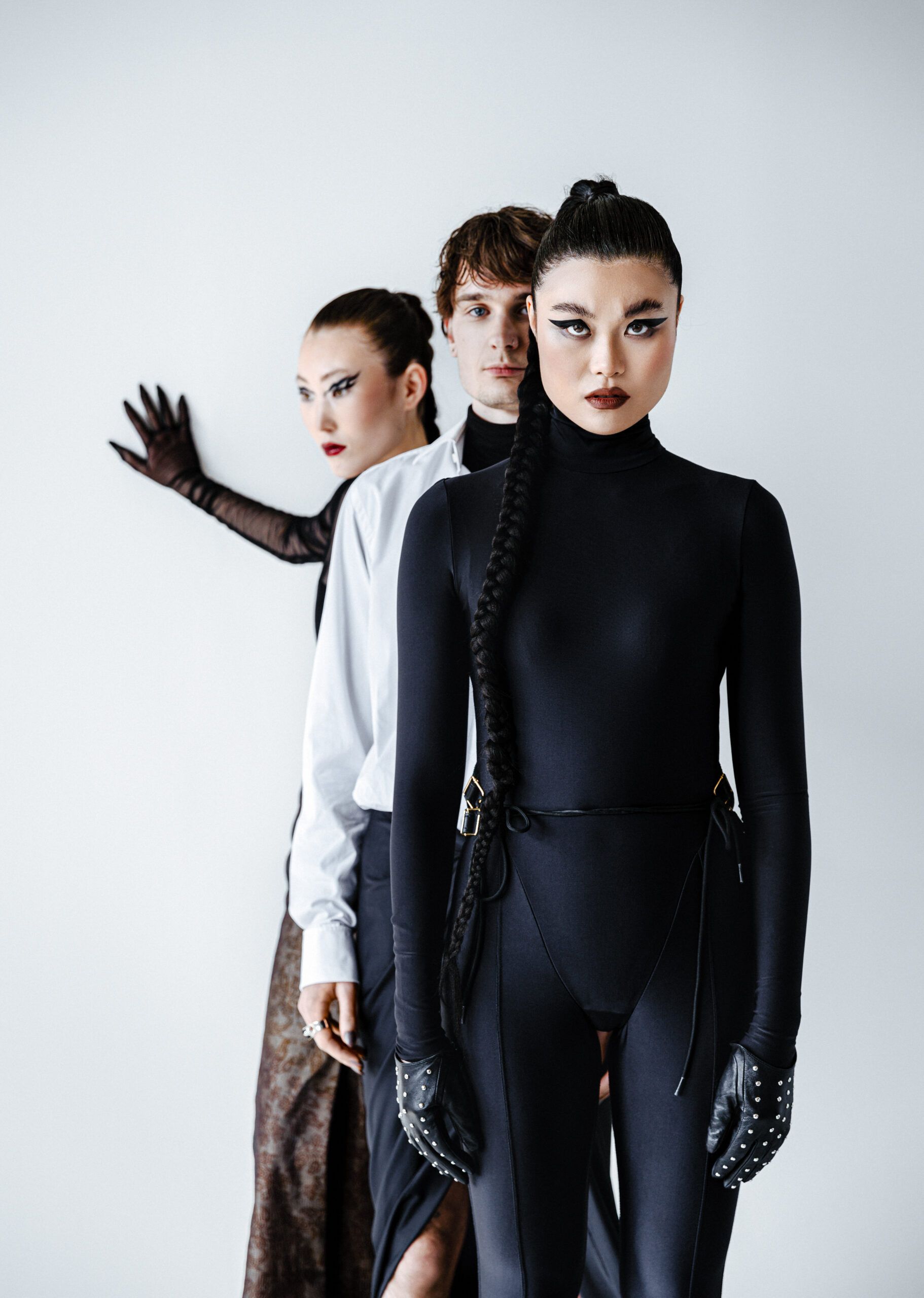
3/ TikTok Ponyplay community (2022) #ponyplay
A type of animal role-playing, which may be either sexual or nonsexual, in which one participant acts the part of a horse or pony—e.g., by wearing leather straps or harnesses, and/or pulling a cart—with the other partner playing the role of a rider, trainer or master.
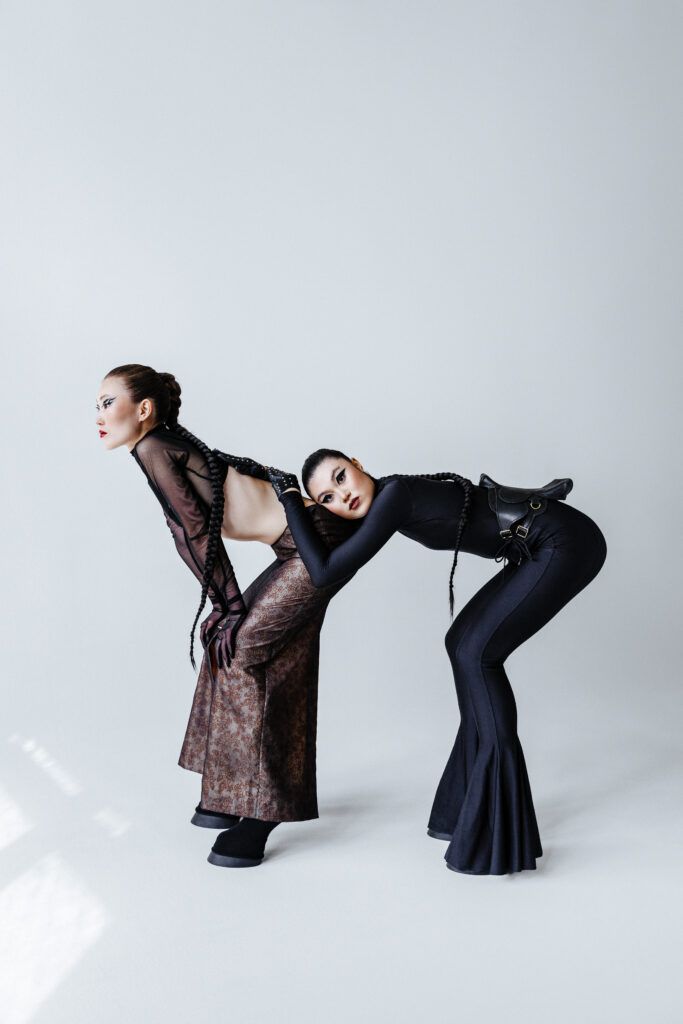
4/ Horse mane/hair braiding #hairstyling
Yes, beauty standards arbitrarily concocted by humans are applied in an across-the-species fashion. Show horses and beauty pageants have a lot in common, including elaborate braided hairstyles on and around the head area. It must be called a ponytail for a reason, right?
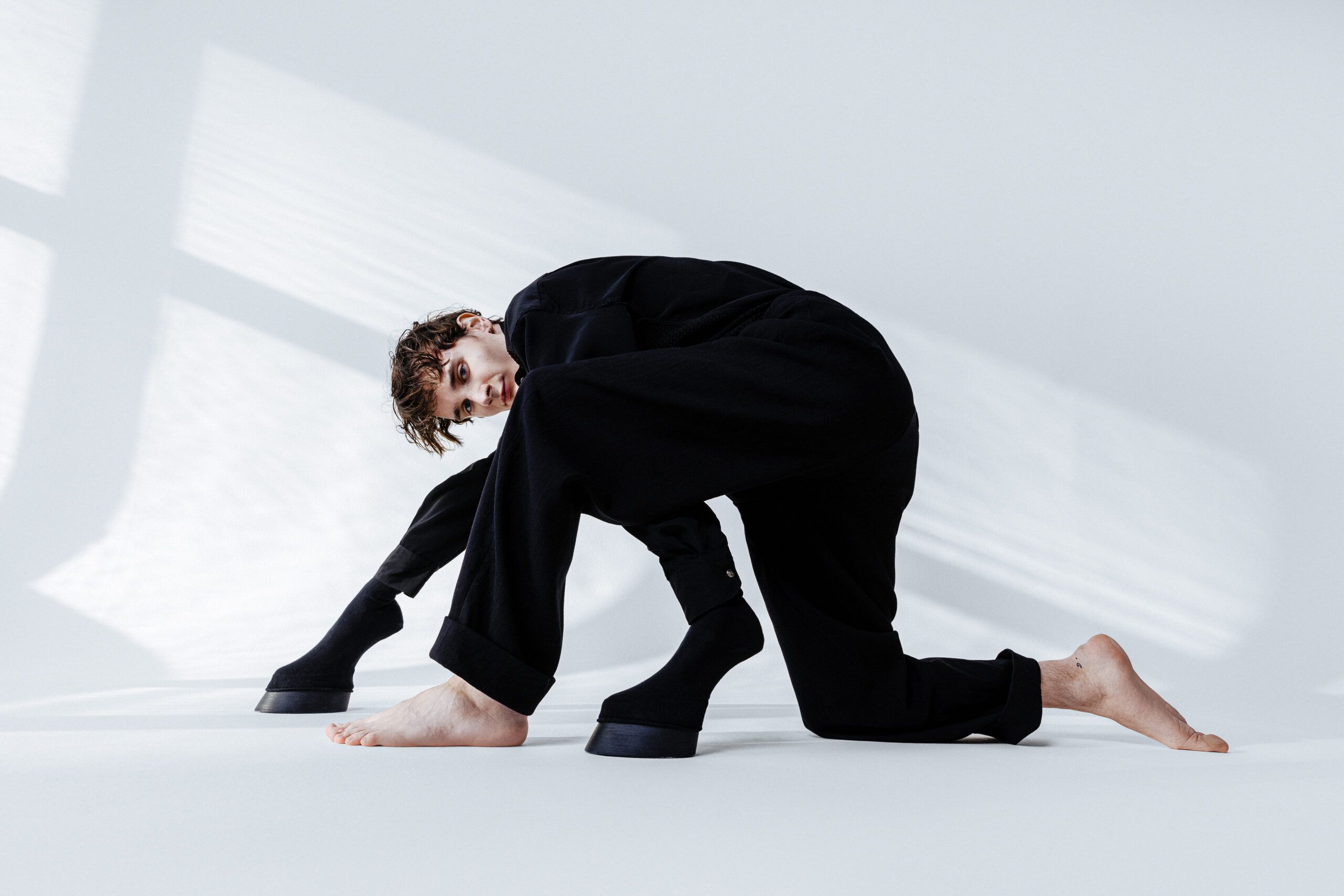
5/ Hooves #hooves #collaboration
Shoewear resembling hooves isn’t particular to kink groups as many designers went this route already – but kink groups make up a larger part of the customer base. For this special accessory, we collaborated with the FeliciaArtStudioshop studio by Dorota Gorzkowska who supplied us with her unique click-clacking creations.
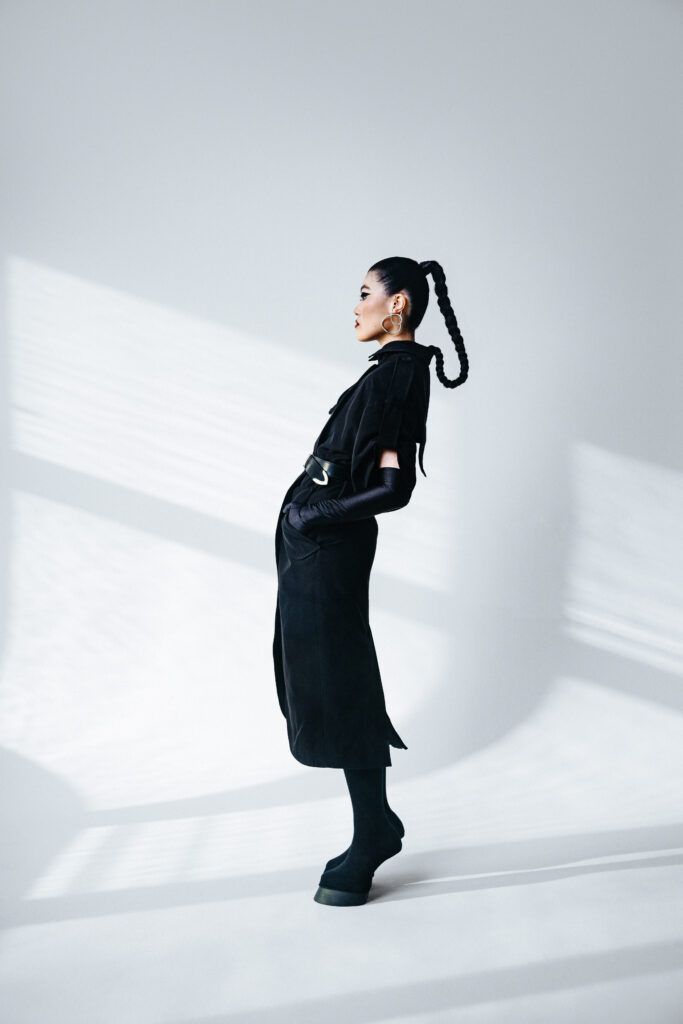
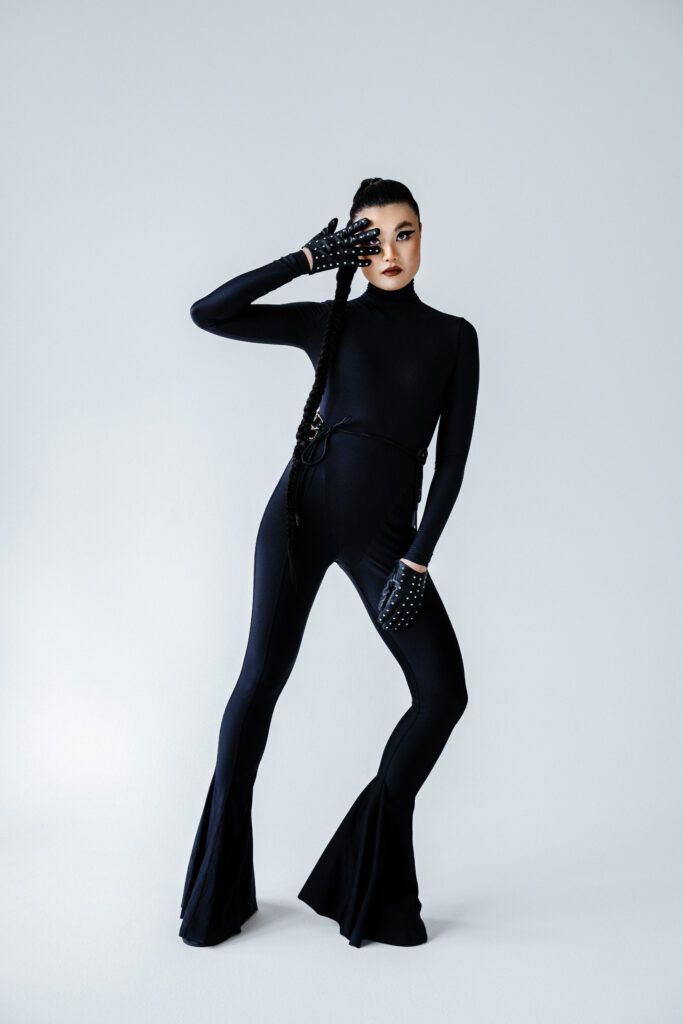
6/ Styling #czechdesign
This is the typical part. The moodboard, the colour palette, the deciding process, the looks. In this one, we felt around the border of fantasy vs reality, and cosplay vs elegant local designers. As often is the case with us, the styling is a mixture of DIY and vintage mixed with designers’ samples. The feminine vs masculine blurs a lot as it should. In contrast to our previous editorials, we chose to style a subtle colour palette against an unforgiving white background.
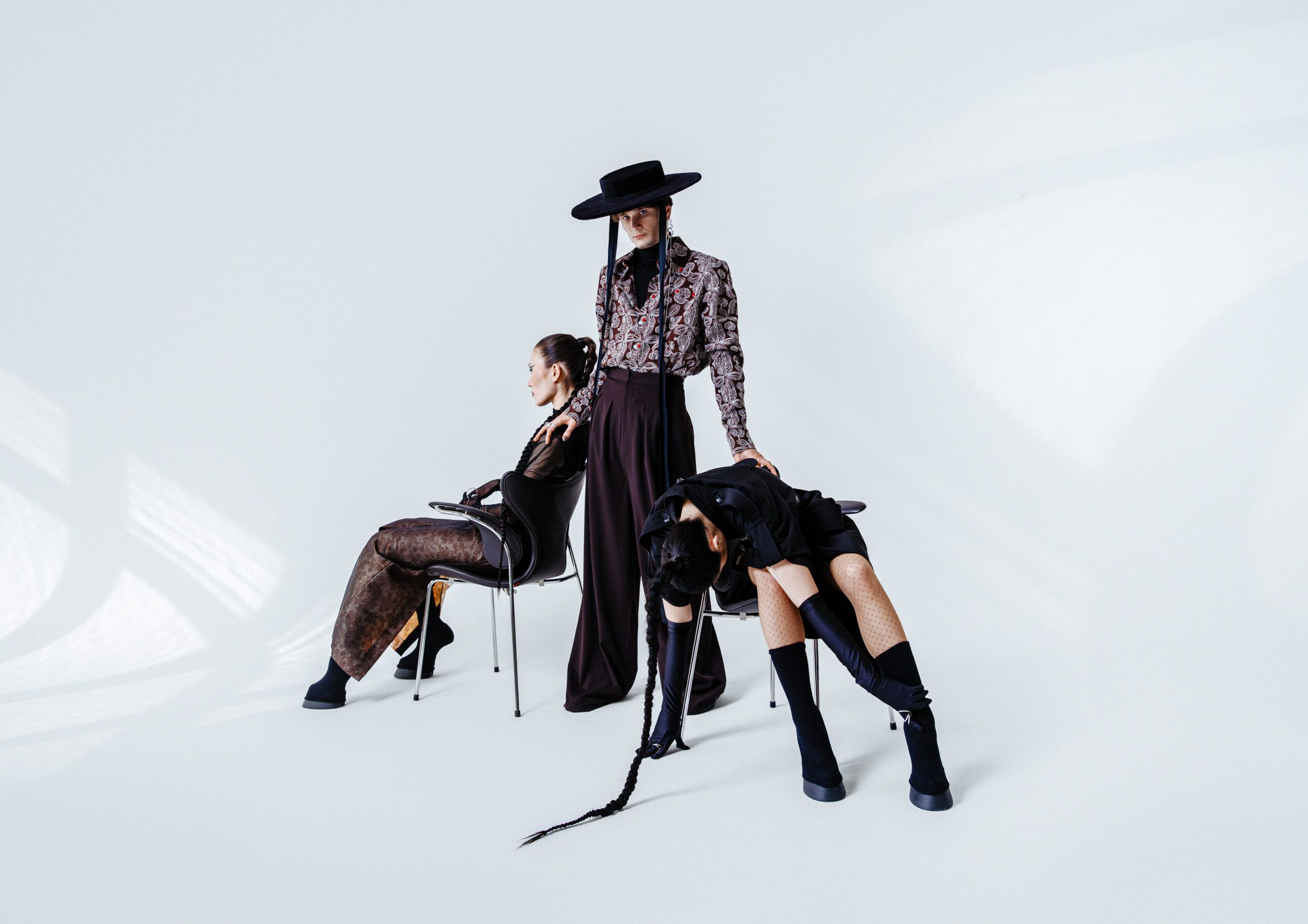
7/ Set design #vintage
This set design was minimalist but the spotlight was on the fluid silhouette, inspired by horse-riding gear. The stunning vintage chairs we selected carry this morphology well, reminiscent of elegant saddles.
Tulip Chair by Pierre Paulin for Artifort
Originally designed by Pierre Paulin in 1965, the Little Tulip chair is a design icon. Inspired by the flower, the chair has a Tulip-esque silhouette with a petal shaped seat which curves to create armrests.
Seagull armchair by Arne Jacobsen
Rare original Arne Jacobsen armchair named and known as ”Seagull” from the original interior of the town hall, Mainz/Germany. The object belongs to his widely known furniture designs for Fritz Hansen.
STELLA Studio Prague
A vintage shop that sources, sells and restores a wide range of everyday-use objects.
